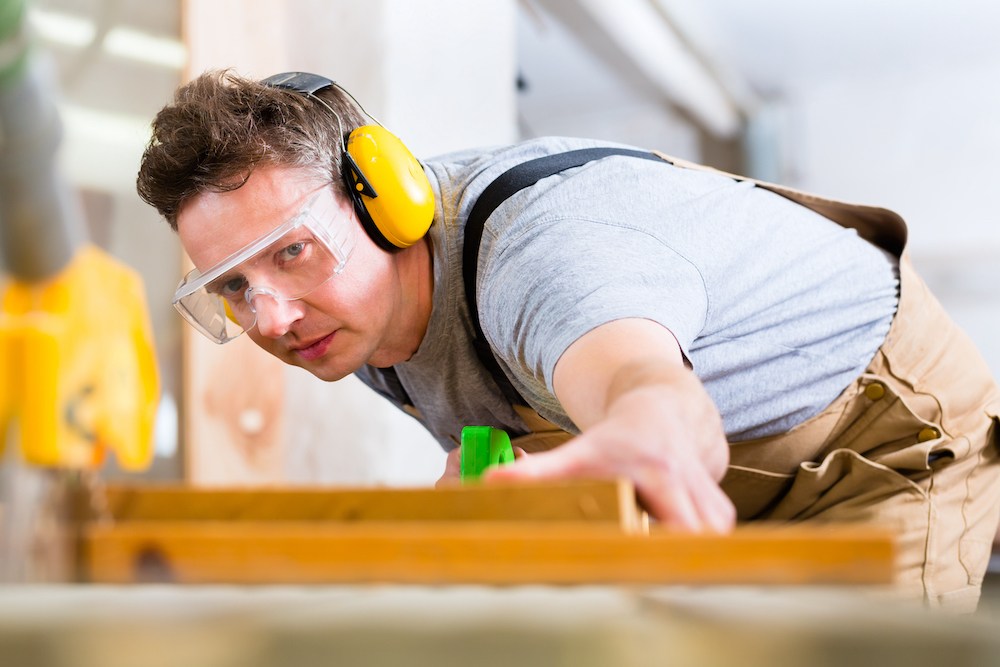Why Children Should Have Their Hearing Checked Regularly
As children grow, clear hearing is essential for developing language,


As children grow, clear hearing is essential for developing language,

Hearing loss affects people of all ages and backgrounds, and while aging

Auditory neuropathy is a lesser-known hearing issue that can affect both